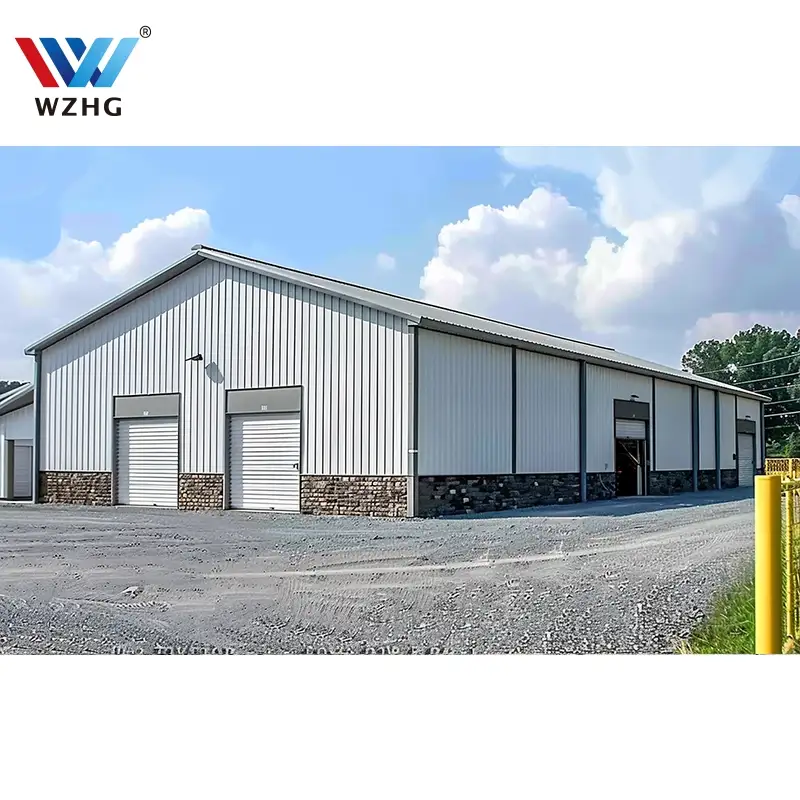The Customization Opportunities Of A Prefabricated Building

Introduction to Modern Prefabricated Structures
When some people think of prefabricated buildings, they might conjure up images of simple, box-like structures devoid of any architectural flair or sophistication. However, this outdated perception couldn't be further from the truth. Today's prefabricated buildings are a testament to modern engineering and design innovation, capable of accommodating a wide array of applications and requirements. Far from being limited to standard dimensions and basic aesthetics, these structures are now at the forefront of architectural versatility and customization.
The advancements in prefabricated construction techniques have opened up a world of possibilities for both exterior and interior design. Prefabricated steel framing structures, in particular, offer immense potential for customization, allowing for the incorporation of unique features such as expansive barn doors for easy access or specialized interior configurations tailored to specific business operations. Whether for industrial, commercial, or residential use, prefabricated buildings provide a flexible and efficient solution for modern construction needs.




